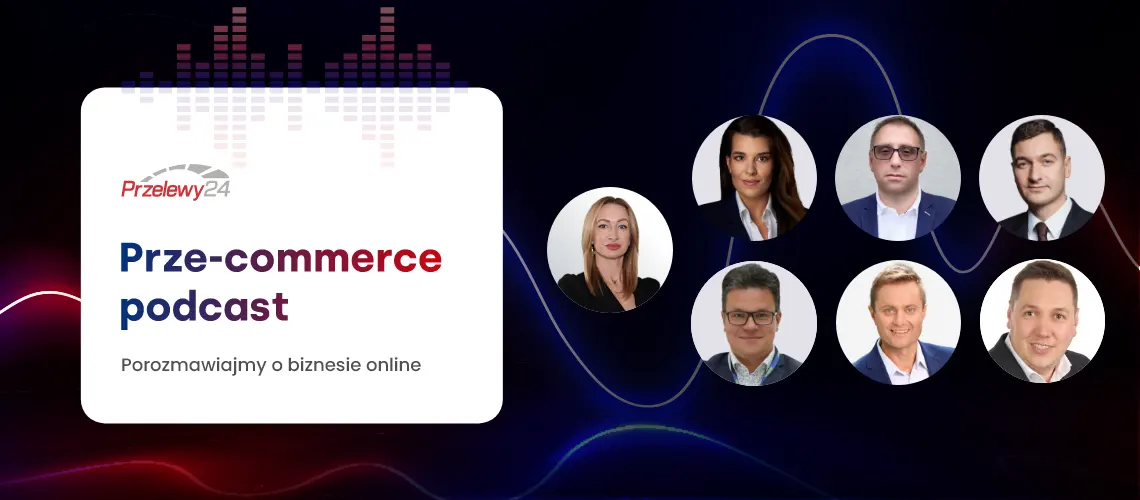Subscription is often confused with a subscription fee (abonament). In reality, these are two different payment models. The most important difference between them lies in the flexibility of the commitment — a subscription gives the customer a free hand in deciding how long they want to use the service and pay for it. And what are the advantages for the seller? And what can be sold this way? You will find out from the article below.
Subscription — what does it mean?
The word "subscription" entered the Polish dictionary in small steps, moreover, through the back door — from the IT and digital world. Initially, it was associated only with payments for VOD services and streaming. They were an alternative to subscription television, which was only accessible to those who signed a long-term contract with a cable operator or satellite platform.
A subscription fee (abonament) is not the only payment model that the idea of subscription stands in contrast to. The second is a pre-order (prenumerata) known from the press market. In its classic form, newspapers and magazines were paid for in advance, ordering a specific number of issues (quarterly, semi-annually, annually). There was no option to cancel the pre-order before the paid period expired, nor could shipments be "paused". So, when the subscription gained popularity, it also took this industry by storm. Digital press combines the predictability of a pre-order with the ability to suspend or cancel access at any time. And this brings us to the essence of what a subscription is.
How does a subscription work?
The subscription model can be described as "pay — use — cancel whenever you want". It involves the customer providing their payment details once (e.g., payment card number or an account in an online payment system, there is also the possibility of recurring BLIK payments), and the service operator, such as Przelewy24, periodically and automatically charges them a fixed amount. Usually, the payment is collected monthly, but of course, the frequency depends on the terms of service set by the seller. For example, in the zooplus online store, the customer decides how often they want to receive deliveries as part of zooplus ABOnament.
Automation is possible thanks to solutions such as recurring payments, which simplify the process for both the seller and the buyer. We explain in detail how to implement them in your store in the article "What are recurring payments and in which industries do they work?".
What is important in the case of a subscription is full control over payments: the subscription can be canceled, suspended, or its scope changed at any time. There are no contractual penalties (because there is no contract), and this can be done independently, e.g., through a customer panel on the website or through a mobile application.
If the customer's account does not have sufficient funds to pay for the subscription or if the payment card expires, the payment will not be collected. The delivery of the service or product will be automatically suspended, and the subscription will be canceled.
Przelewy24 offers payment methods tailored to your customers
What are the types of subscriptions?
Due to the variety of services that can be used with this payment model, several types of subscriptions are distinguished:
- access subscription, where the customer pays for access to content, services, or discounts. This is how, among others, subscriptions to streaming services, VOD, software, digital press, access to free shipping (e.g., Allegro Smart!), or gym membership subscriptions work;
- replenishment subscription, where the seller automatically sends the products selected by the customer at regular intervals. In practice, it looks as if the order automatically renews every so often. This way, you can order, for example, food deliveries (e.g., fresh vegetables from Wojna Warzyw), pet food, hygiene products (e.g., Your KAYA, Bambiboo baby diapers);
- selected subscription — this is a model in which the customer receives carefully selected proposals based on their preferences, profile, or previous choices. In contrast to a replenishment subscription, these are not the same products every so often, but different ones. These can be, for example: cosmetic packages, coffee or tea sets selected according to taste preferences, or book sets if the customer specifies their favorite literary genres.
What does a subscription offer? Advantages for the seller and the buyer
A subscription is not only convenient for the buyer, who does not have to remember to pay bills or order the same products over and over again, but also for the seller. It is, after all, a source of stable, predictable income. Thanks to it, you are able to predict what revenues you will obtain in the following months, and this makes it easier to forecast demand — planning production or logistics. A subscriber also requires a smaller marketing budget. Moreover, a customer who decides to subscribe builds a stronger bond with your brand. You can use this by analyzing their purchasing behavior and personalizing the offer.
At this point, your and the customer's interests can converge. As part of offer personalization, you can, in fact, offer subscribers discounts or additional benefits (earlier access to new products, free delivery, or loyalty gifts) that customers making one-time purchases do not receive. This can affect customer loyalty.
Subscription sales model. Summary
According to Shopify analysis, by 2028, online subscriptions will be worth $2.3 trillion (source: https://www.shopify.com/blog/how-to-start-a-subscription-business). This is therefore a huge market that is constantly growing, and thus creates more and more opportunities for companies that want to build a stable business model based on regular income and customer loyalty. Thus, subscription is no longer just a payment model, but a development strategy.
By acquiring a subscriber, you can better understand their habits and personalize the offer for them. This translates into more effective marketing activities and higher quality service. In return, the customer, staying with the brand longer, enables the seller to more accurately predict income, manage inventory more efficiently, and plan sales campaigns. The seller thus gains recurring revenue, loyalty, and better tools for scaling the business, while the customer gains convenience and benefits.



